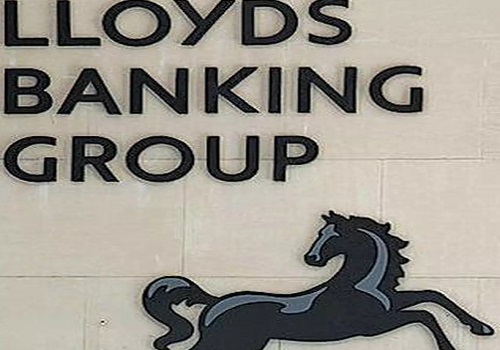Oil flat on week as U.S. inventories rise but Russia cuts supply

Follow us Now on Telegram ! Get daily 10 - 12 important updates on Business, Finance and Investment. Join our Telegram Channel
Oil edged higher in volatile trade on Friday, and was flat on the week, with prices supported by the prospect of lower Russian exports but pressured by rising inventories in the United States and concerns over global economic activity.
Brent crude futures settled at $83.16 a barrel, up 95 cents, or 1.2%. West Texas Intermediate U.S. crude futures (WTI) settled at $76.32 a barrel, rising 93 cents, or 1.2%. Earlier, both fell by more than $1 a barrel.
The benchmarks were little changed on the week.
Lower trading volumes contributed to volatility, with Brent trading at 58% and WTI trading at 90% of the previous session's levels.
On the anniversary of Russia's invasion of Ukraine, benchmark Brent crude was about 15% lower than a year earlier. It hit a 14-year high of nearly $128 a barrel on Mar. 8, 2022.
Both benchmarks rose about 2% in the previous session on Russia's plans to cut oil exports from its western ports by up to 25% in March, which exceeded its announced production cuts of 500,000 barrels per day.
But the market appeared to be well supplied with U.S. inventories at their highest since May 2021, according to data from the U.S. Energy Information Administration. [EIA/S]
An indicator of future supply, U.S. oil rigs fell seven to 600 this week, while the total count was still up 103 rigs, or 15.8%, over this time last year, energy services firm Baker Hughes Co said.
Indications that Russian crude and refined products are accumulating on tankers floating at sea also hinted at increasing supplies.
JP Morgan said in a note that it thinks short-term prices are more likely to drift lower toward the $70s than rise "as global growth headwinds strengthen and excess ‘dark’ inventory exacerbated by a flooding of Russian oil is worked off".
The bank also said it expects the Organization of the Petroleum Exporting Countries (OPEC) to cut production to limit oil price declines.
Minutes of the latest U.S. Federal Reserve meeting indicated that a majority of officials remained hawkish on inflation and tight labour market conditions, signalling further monetary tightening.
The prospect of further interest rate hikes supported the dollar index, which was set for a fourth straight week of gains. The index is now up about 2.5% for the month. [FRX/]
"While... curtailed Russian supply are certainly formidable bullish considerations, price action across the complex this month has sent off a powerful message that rising US interest rates that were further reinforced by Fed minutes, will be a major impediment to sustainable oil price strength," said Jim Ritterbusch of consultancy Ritterbusch and associates..
A firm dollar makes commodities priced in the greenback more expensive for holders of other currencies.












 320-x-100_uti_gold.jpg" alt="Advertisement">
320-x-100_uti_gold.jpg" alt="Advertisement">












